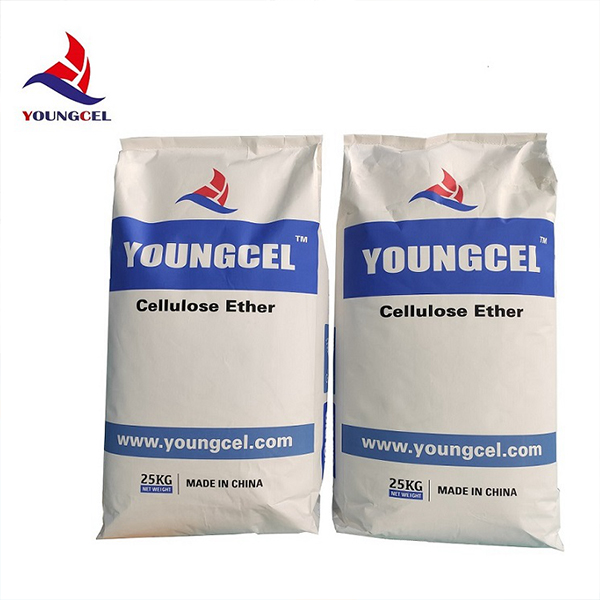Understanding Ceramic Adhesives Properties and Applications
Ceramic adhesives are specialized bonding agents formulated to join ceramic materials or to bond ceramics to other surfaces. With the incredible growth of the ceramics industry, the demand for effective and reliable adhesive solutions has surged, making ceramic adhesives an integral part of various applications across multiple sectors.
One of the defining properties of ceramic adhesives is their ability to withstand extreme temperatures. Due to their inorganic nature, these adhesives maintain their performance in high-temperature environments and are essential in industries such as aerospace, automotive, and electronics, where both heat resistance and structural integrity are critical.
Ceramic adhesives are composed of a variety of materials, including silicates, aluminosilicates, and other inorganic compounds. These components give the adhesive its strong bonding capabilities as they chemically bond with the ceramic surfaces upon curing. The curing process can vary; it may involve air drying, heat curing, or the use of special curing agents that facilitate a robust bond once the adhesive sets.
In addition to thermal resistance, ceramic adhesives also provide excellent chemical resistance. This property is crucial in environments where the adhesive might be exposed to harsh chemicals or solvents. For instance, ceramic adhesives are often utilized in industrial settings, where they are exposed to various cleaning agents, acids, or other corrosive materials. Their durability ensures that the bonded components remain intact and functioning even under challenging conditions.
ceramic adhesives

The versatility of ceramic adhesives extends to their application methods, which can include bead application, spread application, or the use of adhesive dispensers for precision bonding
. Furthermore, these adhesives may come in various formulations tailored to specific bonding requirements, offering options such as high-viscosity adhesives for gap-filling or low-viscosity adhesives for intricate applications.In construction, ceramic adhesives play a pivotal role in tile installations, where they are used to bond ceramic tiles to floors and walls. The robust adhesion they provide ensures that the tiles remain firmly in place over time, contributing to the overall aesthetic and structural integrity of buildings. When choosing ceramic adhesives for such applications, factors such as initial tack, setting time, and open time are critical considerations to ensure successful installation.
Moreover, the advent of advanced technologies has led to the development of innovative ceramic adhesives that incorporate added benefits such as improved flexibility and reduced shrinkage. These enhancements not only streamline the application process but can also accommodate the natural expansion and contraction of materials subject to temperature fluctuations.
In the realm of hobby and craft applications, ceramic adhesives have also found prominence. They enable creators to bond ceramic components seamlessly, allowing for the fabrication of pottery, sculptures, and other artistic endeavors. The availability of user-friendly packaging and application tools has made these adhesives accessible to both amateurs and professionals alike.
In conclusion, ceramic adhesives are essential materials in various industries, providing strong and durable bonds for ceramic and other substrates. Their superior thermal and chemical resistance, along with versatility in application, makes them indispensable in both industrial and creative contexts. As technology progresses, ceramic adhesives are expected to evolve further, continuing to meet the diverse needs of consumers worldwide.
-
Understanding Methyl Hydroxyethyl Cellulose (MHEC) – Properties, Benefits & ApplicationsNewsNov.25,2025
-
A Comprehensive Guide to Methyl Ethyl Hydroxyethyl Cellulose: Applications and Industry InsightsNewsNov.24,2025
-
Understanding Methyl 2 Hydroxyethyl Cellulose: Uses, Benefits & Industry InsightsNewsNov.24,2025
-
Hydroxyethyl Methyl Cellulose HEMC: Industrial Uses, Benefits & Future TrendsNewsNov.23,2025
-
HEMC Cellulose: Versatile & Sustainable Industrial Polymer | YoungcelNewsNov.23,2025
-
Methyl Hydroxyethyl Cellulose: Versatile Building Block for Industry & SustainabilityNewsNov.23,2025




